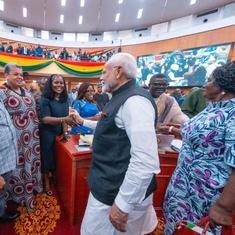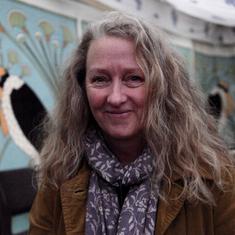The tracks included in this column over the past two weeks have primarily featured harmonium players from Western India. Appa Jalgaonkar, Purushottam Walawalkar and Tulsidas Borkar are among important names who popularised the instrument in the region and beyond.
Pandit Purushottam Walawalkar
On this track, charismatic harmonium player Purushottam Walawalkar plays a song from Marathi theatre set to Sitarkhani or Addha taal, a time cycle of 16 matras or time units. At times, he tries to treat some melodic patterns in a manner that is in some ways an archetypal Hindustani understanding of Carnatic music renditions.
Pandit Tulsidas Borkar
Tulsidas Borkar, who was recently awarded the Sangeet Natak Fellowship, has been a major contributor as an accompanist, soloist and teacher. Many of the harmonium players seen on the concert platform today are his students. He plays two compositions in the evening raag Yaman. The first is set to the ten matra Jhaptaal and the second to the 16 matra Teentaal. He follows this with a dhun or melody inspired by the thumri genre, set to Kaherva, an eight matra cycle. The next composition is a song from Marathi theatre set to the 12 matra Ektaal. The performance concludes with a composition in the raag Bhairavi composed by "Guni Gandharva" Laxmanprasad Jaipurwale . It is set to the 16 matra Teentaal. Kedar Vaishampayan provides tabla accompaniment.
Pandit Manohar Chimote and Pandit Govindrao Patwardhan
For some time now, the harmonium has been referred to as the samvadini. Harmonium players Bhishmadev Bedi and Manohar Chimote are believed to have taken the lead in renaming the instrument. The move indicates a growing urge among harmonium players to assert its musical worth and to accord it a status on par with other instruments.
This last track is a duet featuring Manohar Chimote and Govindrao Patwardhan. They play a composition in the raag Bhairavi set to the 16 matra Jat taal, with excursions into other raags as is often done in the case of compositions associated with the thumri genre.










